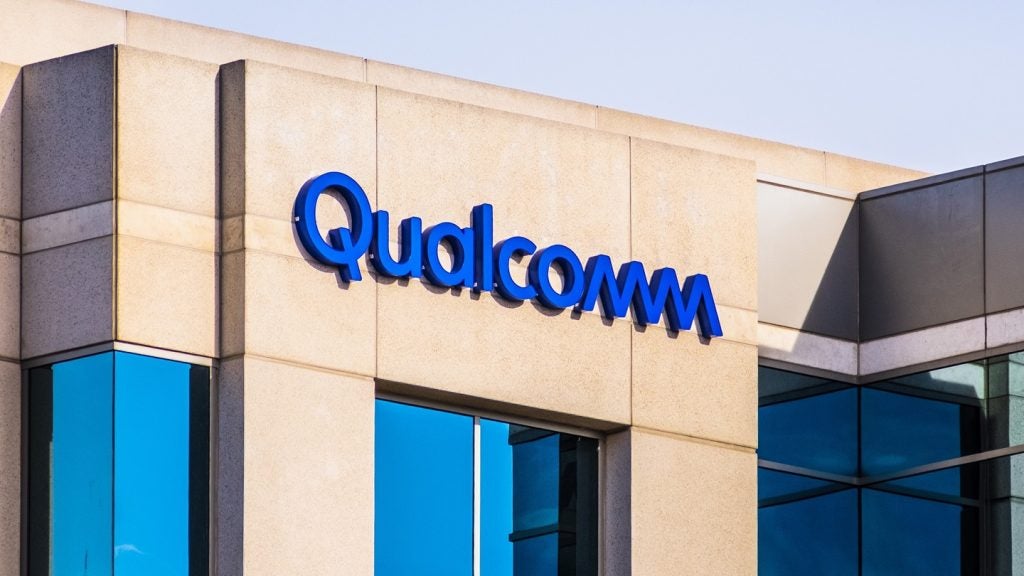On July 31, 1987, Microsoft made an announcement that would forever change the world of business communications, when, after much debate and hesitancy from its CEO Bill Gates, the company announced that it was acquiring the slideshow software PowerPoint.
Today, PowerPoint has more than 500 million users worldwide, and each day more than 30 million PowerPoint presentations are created. Businesses rely upon it to conduct their Monday morning meetings, Friday night crunch sessions, and everything in between. In little over three decades, PowerPoint has become ‘the’ way the corporate world presents itself.
But what if there was another way?
Who is PowerPoint really for?
From the outset, PowerPoint was marketed as a tool primarily for presenters. In its marketing copy, PowerPoint promised to be a “cure for the presentation jitters” and a surefire way to “supercharge your presentations”.
In his seminal discussion of PowerPoint, American statistician Edward R. Tufte argued that the way Microsoft sold the software revealed an immediate flaw: that it is fundamentally presenter-oriented rather than audience, content, or conversation oriented. He claimed this caused a disparity between the two ‘roles’ in a presentation: “PowerPoint allows speakers to pretend that they are giving a real talk, and audiences to pretend that they are listening.” The distinctive style of PowerPoint, Tufte concluded, generates only the appearance of organised thought.
Tufte wrote his takedown in 2003. However, while Microsoft has added many new upgrades to PowerPoint since then, many of the assumptions he criticised concerning content and accessibility still hold.

US Tariffs are shifting - will you react or anticipate?
Don’t let policy changes catch you off guard. Stay proactive with real-time data and expert analysis.
By GlobalDataRaining bullets
For example, it is still accepted that PowerPoint slides should ideally have as little text as possible, so as not to overwhelm the audience. On the face of it, timesaving and audience-friendly built-in practices such as bulleting seem effective. But they have the consequence of bloating most PowerPoint presentations with far more slides than any audience member can reasonably engage with.
Another common assumption of PowerPoint is that every bullet point represents the tip of a thick iceberg of knowledge, evidence, and reasoning. But often that is simply not the case. In the rush to build decks, PowerPoint creators are encouraged to either smooth over a narrative or forgo building one at all. Instead, adorned by icons and bullet points that hint at information known only to the creator, every PowerPoint presentation becomes a closed fortress. The result is an unshakeable sense of dissonance, which would explain why it takes just six minutes for most people to switch off during a presentation.
‘Go to code’
In short, PowerPoint doesn’t help meet the presenter’s objectives. At Fortune’s Brainstorm AI conference in December 2024, Visa’s president of technology, Rajat Taneja, made a plea to artificial intelligence (AI) company founders to “move away from PowerPoint and go to code”.
He said this was crucial to stand out, implying that most pitch slideshows could apply to any company—not ideal when getting funding relies upon illustrating your company’s unique selling point (USP).
What does the science say about PowerPoint?
The idea that PowerPoint is too much of a presenter’s tool—and one which comes at the detriment of audience engagement—has played out in countless studies. A 2017 study by Harvard Business Review found that audiences rated PowerPoint presentations comparably to a presenter with no visual stimuli. It also found evidence that suggested audiences do not understand or retain information better from slideshows than an unaccompanied speaker.
The same study suggested that PowerPoint might not even be the best in its class. It found individuals routinely rated a slideshow competitor, Prezi, higher, perhaps because Prezi’s panning-and-zooming animations don’t create the dreaded ‘next slide please’ expectation. This is a significant result given the platform’s cultural familiarity.
The medium is the message
Some 37 years on from its acquisition, PowerPoint is no longer just a way to transmit information. Instead, the once-humble slideshow software now represents the archetypal aesthetic of a business world in which appearance is often prioritised over reality—a ‘presentation culture.’
The solution has to be a mutual one: We need to start demanding more from our presenters, and they, in turn, should feel comfortable demanding more from us.









